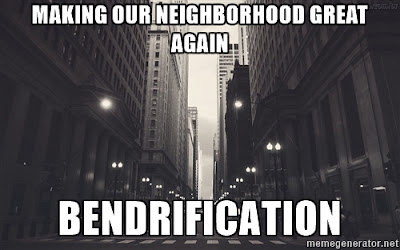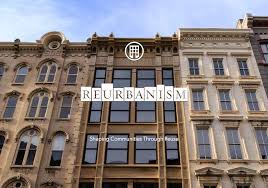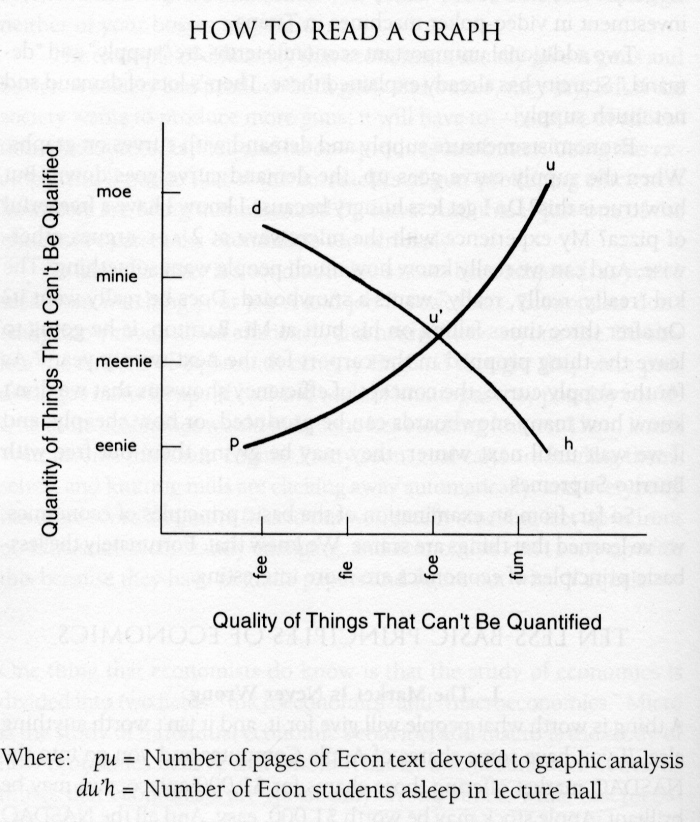Minneapolis is undergoing an affordable housing crisis, a crisis that affected residents feel all too painfully, but is virtually ignored or plastered over with lies by the City government. The City has been busy implementing its scheme for the construction of 25,000 new housing units, attracting investors and developments by pointing to the low vacancy rates. New condos and apartments keep going up. Older units are rehabbed, with "sizzle" added. Old apartment buildings are converted to condos. And as these new units go into the housing market, the rents go up and up. The new luxury housing units fill up, while those who can no long afford "market rate" or higher rents, are forced into other neighborhoods or third-ring suburbs.
A study by The Economist last year found that Minneapolis has the third highest cost of living of all North American cities. Much of the cost is related to high utility bills from heating and cooling. Housing costs are far lower than in cities like New York and San Francisco. However, since the cost of living here is already so high due to other factors, even a modest increase in rent can send it over the top.
 |
| You tell 'em. John. True in 1690, true today. |
Over the past decade in the Wedge, thousands of "market rate" and luxury housing units have been built. Many other previously affordable units have been redone--often with more jazz than substance--and rented out at top dollar. Seven old houses have been torn down and replaced with upscale multi-unit rental buildings.
It's obvious that the City has facilitated wholesale gentrification in the neighborhood and in adjacent Uptown. Yet the faux-urbanist proponents of these thousands of new luxury condos and apartments don't like the word. Don't say the "g" word! We wouldn't want the new tenants to feel guilty about shoving out those of lesser means. We wouldn't want to tar these shiny new luxury pads with the brush of social irresponsibility. We wouldn't want to spotlight the fact that the City itself is the prime mover in the affordable housing crisis.
 |
| The words of the prophets are written on the subway walls. |
The first wave of gentrification took place in the 1970s, when the Wedge was on the skids, the Haight-Ashbury of the Twin Cities. Young people (myself included) bought old, often ramshackle houses and started to fix them up. LHENA was formed, and Wedge activists re-routed commuter traffic, put in a neighborhood park, started Minnesota's first food co-op, called in housing violations by slumlords--and in so doing, made the neighborhood a safer, more attractive place to live. Of course, housing values and rents went up. You can call this "revitalization", but it fills the definition of gentrification in that by closing down hippie pads, party houses, and drug-infested rooming houses, property became more valuable, and some residents were inevitably forced out.
Wedge housing prices and rents remained stable for three decades, going up in step with the Twin Cities real estate market. And then came the Great Upscale Development Boom described above. In the three and a half years since Lisa Bender became City Council representative for the Tenth Ward, the process of displacement and skyrocketing rents has accelerated to a fever pitch.
 |
| Editorial commentary added to a sign at a new development in Brooklyn. |
While the rest of us have been busy going to work, maintaining our homes, feeding our families, paying our taxes, a coalition of City Council members led by CM Bender and supported by City Planning has been busy delivering big parcels of neighborhood real estate to developers. The usual justification for this is "Density!". Using their perverted version of Urbanist theory, the apologists for gentrification keep repeating the rubric that to be great, urban Minneapolis must increase density, access to public transportation, walkability, green living, and above all, density. (Did I already say that?) To them, the New Minneapolis belongs to people like themselves: young, white, privileged, ex-suburbanites who are doing the City a favor by driving out the old NIMBYs and embarrassingly unhip segments of the population like the poor, people of color, and pensioners.
 |
| An arnarchist meme. I wonder why a bicycle is included. Hahaha. By Anarchomemes |
Last November, I wrote about the City's plan to implement the so-called "Pedestrian Overlay" on Wedge commercial streets ("Pedestrian Overlay Blues"), making the point that this deceptively named plan in reality will primarily benefit the Big Cheeses--the developers who are building the Density Paradise engineered by CM Bender and pals. Since then, it's become obvious that the City's elimination of street parking in favor of bike lanes and up-against-the-pavement multi-story commercial buildings will be wiping out scores of small businesses. Up and down Lyndale and Hennepin, down Nicollet and across 38th Street, the City is preparing to erase hundreds of parking spaces, spaces that are the commercial life blood of established neighborhood small businesses. Add to that the City's press to implement a $15 minimum wage, and you can kiss dozens of neighborhood restaurants and service businesses goodbye. It's maddening that the City claims to want to help the poor, struggling workers, yet in reality forces them out of the area into inferior housing and puts their employers out of business. Lose, lose. Except, of course, for the developers, the corporate landlords, the investors , the bankers, and the City, which seals its image as the Hip Capital of the Midwest.
Yet CM Bender has the gall to get up in public and claim repeatedly that she's the champion of renters and affordable housing. This kind of bald-faced hypocrisy (doing just the opposite of what you're bragging about doing) led one former resident driven out of town by the City's bullshit to coin the term Bendrification. The Bendrificators don't like that term any more than they like the term "gentrification." Both are nevertheless real, and apt.
You don't have to just take my word for it. When you eat at local
neighborhood cafes, ask the proprietors what they think of the
Bendificators' plans for the commercial streets of South Minneapolis.
Ask the small business owners on Lyndale Avenue in the Wedge what
they think about the City's plans for biggering (or should the "i"
be a "u"?) the streetscape. Ask business owners and residents of Hennepin south of Lake Street what they think of the City's plans to redo the street at their expense. Talk to former Wedge residents displaced by tenants who can--at least for a year or two--pay the "market rate" rent. And you'll find out the cost of Bendrification to renters, businesses, and property owners in the 10th Ward.







































